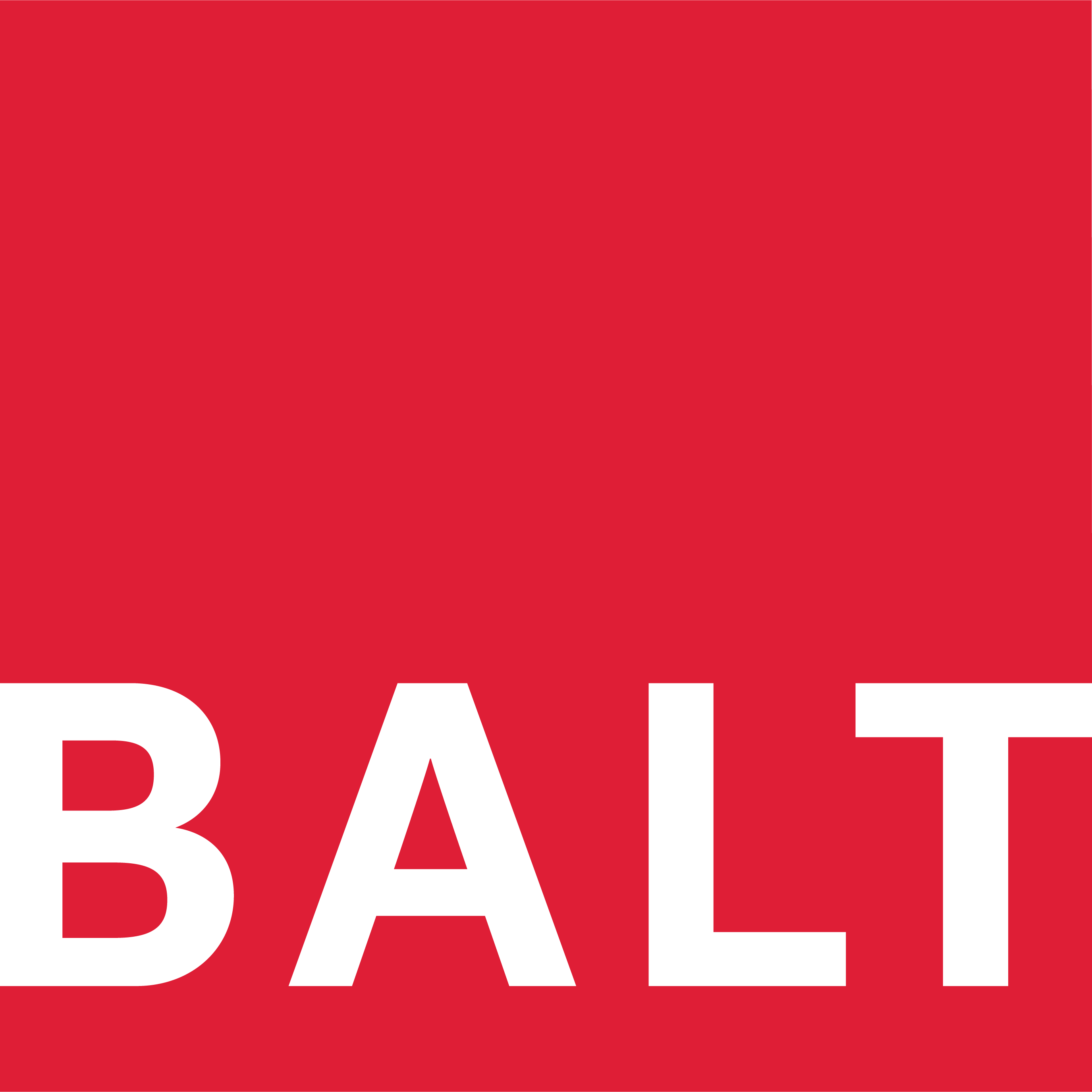Timely implementation of planned action is the hardest part of any improvement project.
A documented action plan provides a tool for holding yourself and others accountable for getting things done. Your organisation may have established project management tools that you can use. This page includes guidance for effective action planning and some tools you can use to track progress and keep everyone accountable.

BREP participants reported on progress against their action plans at monthly action learning set meetings.
State your objective
Before planning any action, everyone involved should be clear on the purpose and end goal for any and all actions to be taken. The plan should be aligned to this objective. This prevents ‘scope creep’ and provides a check for assigned tasks to ensure they are progressing a project toward the end goal. The objective should be stated in terms of a measurable outcome within a specified timeframe, for example: “To eliminate single-use plastic film from production processes by June 2021”.
Plan steps
The steps to achieve the stated objective may not be immediately obvious. Problem solving tools, such as brainstorming or root cause analysis, may be required to figure out the actions required – see our page on Problem Solving.
In other cases, the solution is straight-forward and tasks can be stepped out in logical order. Some tasks may rely on others to be completed before they can commence and it is important to identify these ‘dependencies’.
Identify person responsible
When working in a team, the person responsible for achieving each task should be clearly identified so that the expectation for action is understood.
Decisions for delegating action are usually based on the skills, authority or time constraints of each team member. In an action learning project, opportunities for learning are also considered.
Each team member should hold the others accountable, particularly where their delegated tasks have related dependencies.
Set timelines and milestones
It is important to set deadlines for completion of a project and for each step along the way.
Try to be realistic about time commitments; break big steps into smaller chunks with more frequent milestones to achieve a sense of accomplishment.
Allow flexibility to experiment and change direction, as you learn from the outcomes of your actions along the way.
Identify resources required
Resources includes people, equipment, funding or information required to complete a project or implement an improvement.
Identifying when resources will be needed will highlight potential roadblocks or lead times that could delay completing an action. Pre-emptive action can be taken to ensure the resources are available as they are needed.
Accountability
An action plan must be monitored regularly. When creating a plan, establish the methods and frequency of review. During the review, each person responsible for a task should report back on their progress. The team should work together to find solutions when a responsible person is experiencing barriers to action.
If you are a small business owner or are working alone, recruit a trusted friend or colleague to hold you accountable to your plan, or form an action learning set with others pursuing improvement projects.
Tools
For simple projects, or to manage actions arising from meetings, a basic action list may be sufficient. At a minimum it should include the project or improvement objective, a list of actions, the person responsible for each action and a due date for completion of the action. We’ve prepared a template action plan that you can download from our resources page.
Below are some other tools you could use to plan and monitor actions.

A basic Kanban Board provides a highly visual method for tracking actions.
Gantt Chart
The Gantt chart was developed by Henry Gantt in the early 1900s as a simple and effective means of managing a project. A Gantt chart is a horizontal bar chart. Activities to be completed are listed vertically at the left hand end of the chart. Calendar dates are shown horizontally at the top of the chart. The duration of each activity is shown by drawing a bar on the chart. A Gantt chart is useful to determine the sequence of activities and show dependencies between actions.
A template Gantt Chart is available for download on our resources page.
Kanban board
A Kanban Board is another way to prioritise and manage actions. This could be set up on a blank wall, or a whiteboard. A simple board will have three sections, with headings such as: To Do, In progress, Completed. Cards or sticky notes, with details of an action, person responsible and due date, are moved across the board as actions progress.
Free web-based applications are available online, which allow boards to be managed ‘virtually’, eg Trello and Microsoft Planner.
Increasing resource efficiency in Tasmanian businesses will help drive down business costs, support business resilience and better protect the environment.
The Business Resource Efficiency Program (BREP) is delivered by Business Action Learning Tasmania (BALT) in partnership with the Tasmanian government.
For more information about BREP
Visit www. climatechange.tas.gov.au or businessactionlearningtas.com.au/brep
For more information about these resources
Email BALT at admin@businessactionlearningtas.com.au






















